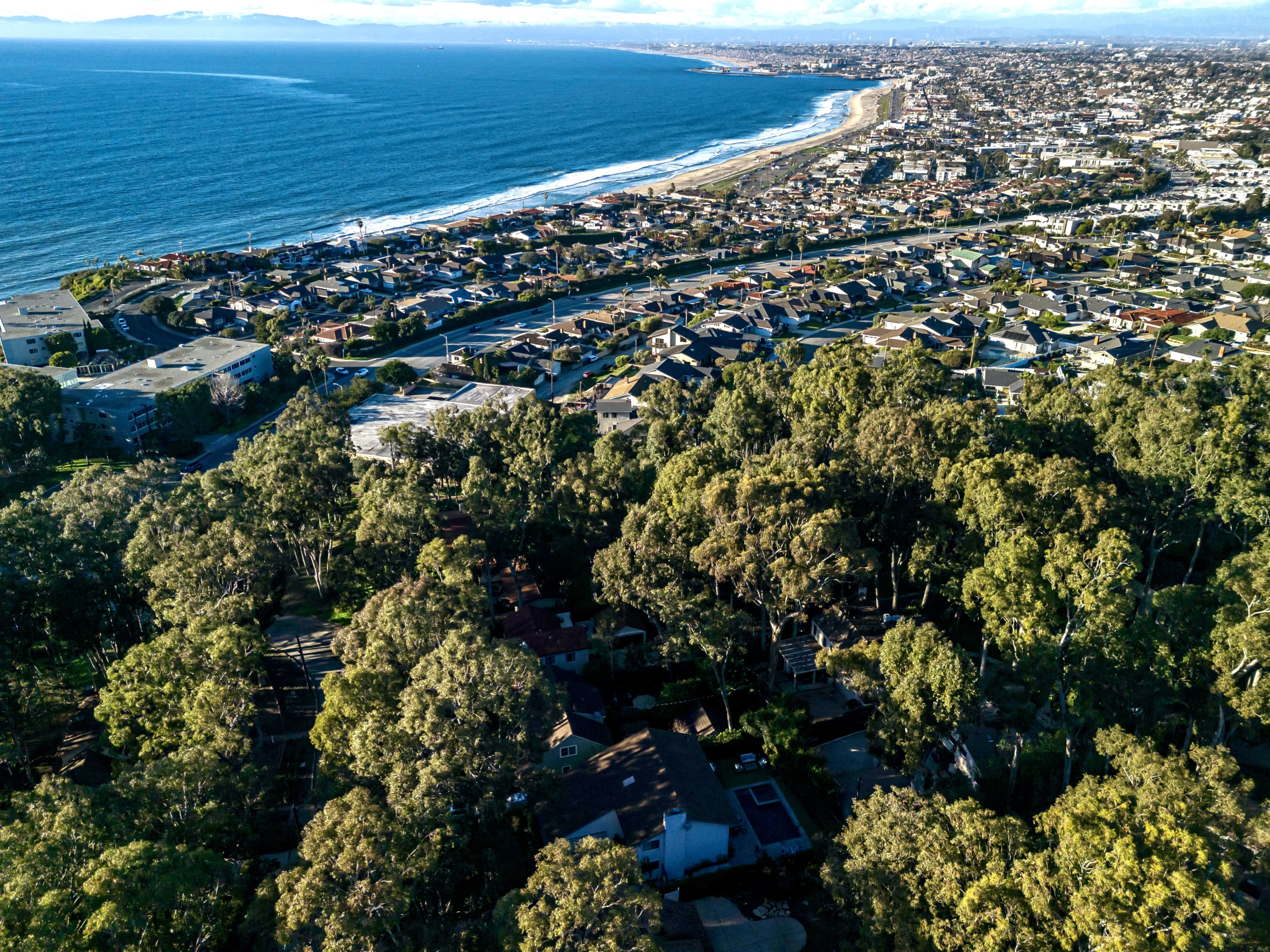It’s no secret that interest rates are on the rise, but what does that really mean if you are thinking of buying or selling your home in 2017? With a strengthening economy, declining unemployment, and an uptick in inflation, rising rates might not be all that bad.
The Federal Reserve Bank is showing signs of being pleased with inflation finally crossing the 2% target – the unreachable benchmark during the last several years. As a result, it is likely we’ll see 2 rate increases over the next 6 months. Since a increase in the federal funds rate doesn’t automatically translate into a mortgage rate hike, these increases are somewhat already priced into the market [click here for more information about rising mortgage rates]. One side effect of rising interest rates is lenders’ greater willingness to lend. Because returns on mortgages are higher, banks are typically willing to increase their risk, thus loosening lending standards and potentially making it easier for borrowers to access loans. This is often done by increasing incentives, easing qualifying terms, and creating programs to attract new customers – particularly new home purchases.
But what is a purchase loan going to cost me? In general, compared to a year ago, rates are up nearly 100 basis points or 1 percent; however, compared to 10 years ago, rates are nearly 1/3 less. Unfortunately, buyers have become accustomed to low rates, and as home prices have risen, the cost of home ownership has risen. But so have rents. What we are seeing in the market is two things: 1) Those renting are tired of paying high rents and are more willing to settle down with a home of their own. 2) With rising rates, hesitant buyers are getting off the fence before rates climb even higher.
In order to make the purchase happen, buyers are getting more creative. Younger buyers are getting gift money or qualifying with their parents, or looking for different loan options. On the jumbo side, ARMs, or adjustable rate mortgages, have become more attractive to balance the effect of the rising rates, and on the lower end, FHA loans with 3.5% down are becoming more of the norm. What it comes down to is “buying” a monthly mortgage payment, not a rate.
But I want to sell, what should I do? For sellers, a strong buyer pool, low inventory, and high prices is the perfect storm creating a strong seller’s market. With more equity, more confidence, and growing families looking to move, this may be a great opportunity to cash in on your equity and downsize while the younger families seek to “upsize” to a larger or home. Of course, many sellers wonder where they are going to go, with so much competition to find a new home. This can be mitigated by selling contingent on finding a replacement property, renting before you buy, or even moving out of state or to an area with less competition.
What it all boils down to is a continuing real estate growth cycle in California, just at a slower pace than in the past 4 years. Search the internet and many say more growth is unsustainable, but the reality is this – even with moderate rate increases, demand in the Golden State is still outpacing supply, and it’s not looking like it will change anytime soon.



